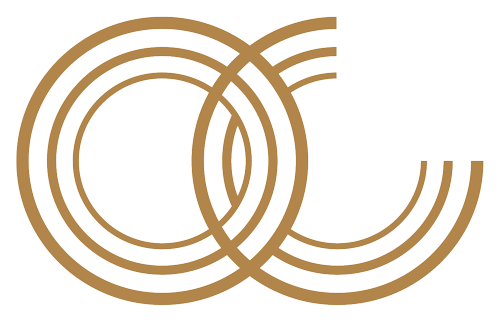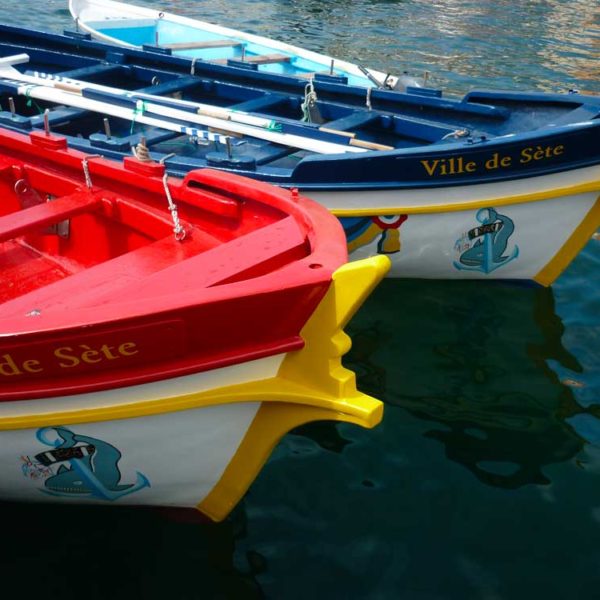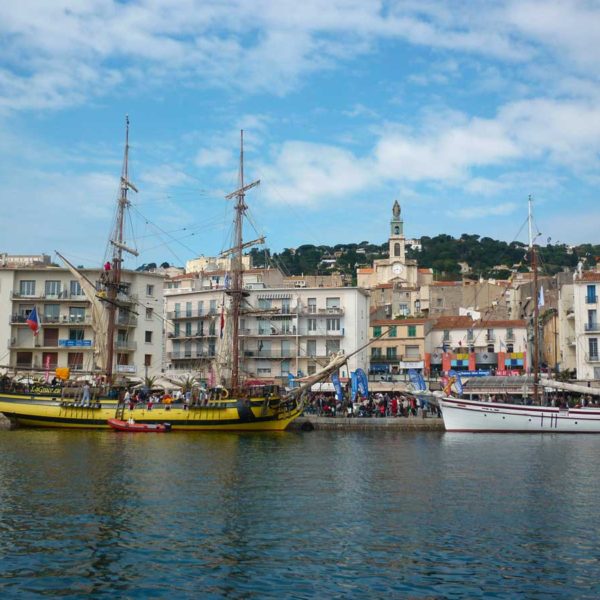Sète, the wine port
Sète allegedly broke ground at the same time as its harbour, on 29 July 1666, through a royal decision by Louis XIV whose aim was to promote exports of products from Languedoc. Its birthdate, which has a lot to do with wine, has been celebrated for three centuries with water jousting that is closely intertwined with the history of this ‘singular island’.
Paul Valéry named his hometown ‘l’île Singulière’ or Singular Island because of the unusual topography of this southern French town. Set between the sea and a lagoon, it forms a peninsula connected to the mainland by two sandy strips. The fishing port is also singular because of its destiny and the special connection it has had for several centuries with the wine trade.
The port was built in 1666 under Louis XIV by Colbert to facilitate exports. The first rock fills along the jetty and digging of the beach linking the sea and the lagoon were followed by construction of an initial breakwater which was enlarged and extended in the 18th century.
In the 19th century, wine and vermouth trading companies fuelled the port’s prosperity.
The most famous vermouth was created in 1850 in Marseillan, near Sète, on the banks of the Etang de Thau. Here, an open-air wine storehouse was built to produce Noilly Prat. The company continues to age its wines in barrels in the open air, using a one-of-a-kind process where the wines oxidise under the combined effect of the sun, sea winds and cold winter weather.
In the 19th century, Sète became a hub for finished wines in transit from companies in Montpellier and Béziers. The emergence of coopers tasked with the upkeep of the barrels before they were shipped back to the French market and abroad, brought prosperity to the Sète cooperage industry. It became the largest in the world, employing up to 1,000 artisan coopers at the end of the 19th century.
In the 20th century, the town was one of the largest wine ports: its quays were built with a slight slope so that the large barrels could be rolled easier from the wine warehouses towards the boats which at the time were used to ship the region’s wines…
Only when the phylloxera crisis struck in the 1860s did the port’s primary purpose switch to imports, but many buildings still bear witness to the town’s former prosperity. The most iconic buildings are being rehabilitated. These include the former wineries along the Quai des Moulins which have been turned into an arts centre at the eastern entrance to the town, as well as the cellars belonging to wine merchant Robert Skalli, who helped create the IGP Pays d’Oc designation. Under his Fortant de France brand, he provided the varietal wines with a commercial outlet. After being taken over by the Boisset group in 2011, Skalli’s wines have returned to the Sète company’s historic winery, Quai Paul-Riquet. The aim is to turn the winery into a wine tourism centre showcasing the location’s history.
In the 19th century, wine and vermouth trading companies fuelled the port’s prosperity.
The most famous vermouth was created in 1850 in Marseillan, near Sète, on the banks of the Etang de Thau. Here, an open-air wine storehouse was built to produce Noilly Prat. The company continues to age its wines in barrels in the open air, using a one-of-a-kind process where the wines oxidise under the combined effect of the sun, sea winds and cold winter weather.
In the 19th century, Sète became a hub for finished wines in transit from companies in Montpellier and Béziers. The emergence of coopers tasked with the upkeep of the barrels before they were shipped back to the French market and abroad, brought prosperity to the Sète cooperage industry. It became the largest in the world, employing up to 1,000 artisan coopers at the end of the 19th century.
In the 20th century, the town was one of the largest wine ports: its quays were built with a slight slope so that the large barrels could be rolled easier from the wine warehouses towards the boats which at the time were used to ship the region’s wines…
Only when the phylloxera crisis struck in the 1860s did the port’s primary purpose switch to imports, but many buildings still bear witness to the town’s former prosperity. The most iconic buildings are being rehabilitated. These include the former wineries along the Quai des Moulins which have been turned into an arts centre at the eastern entrance to the town, as well as the cellars belonging to wine merchant Robert Skalli, who helped create the IGP Pays d’Oc designation. Under his Fortant de France brand, he provided the varietal wines with a commercial outlet. After being taken over by the Boisset group in 2011, Skalli’s wines have returned to the Sète company’s historic winery, Quai Paul-Riquet. The aim is to turn the winery into a wine tourism centre showcasing the location’s history.



